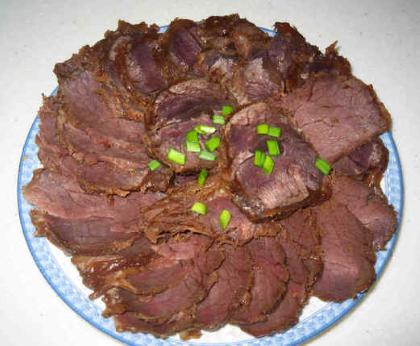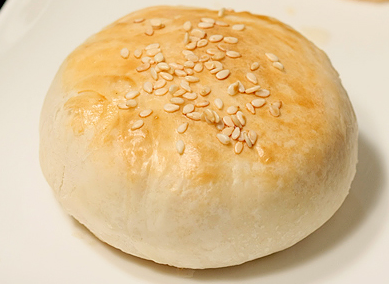You can use now() function of datetime python module. This tutorial will show you various ways to get current date and time in the python script. Below example scripts to get date and time has been tested with Python 2.7 and Python 3.5 on Linux system.
Get Current Date Time in Python
By default now() function returns output in YYYY-MM-DD HH:MM:SS:MS format. Use below sample script to get current date and time in Python script and print results on screen. Create file getDateTime1.py with below content.
Let’s execute the script getDateTime1.py as following command.
Get Current Date Time Attributes in Python
You can also get the specific attribute of date and time. For example if you want to get only current year or month or date etc. create a getDateTime2.py file with following content, which will help you to understand to fetch specific attribute.
Now, execute script getDateTime2.py like below
Get Formated Date Time in Python
Also, if you need date and time in specific format, you can specify directive to format date and time. Create getDateTime3.py file with following content. This example have some sample formated date and time outputs.
Now execute getDateTime3.py from command line
Below is the list of directives can be used to format date and time output in your Python script.
| DIRECTIVE | MEANING |
|---|---|
%a
|
Locale’s abbreviated weekday name. |
%A
|
Locale’s full weekday name. |
%b
|
Locale’s abbreviated month name. |
%B
|
Locale’s full month name. |
%c
|
Locale’s appropriate date and time representation. |
%d
|
Day of the month as a decimal number [01,31]. |
%H
|
Hour (24-hour clock) as a decimal number [00,23]. |
%I
|
Hour (12-hour clock) as a decimal number [01,12]. |
%j
|
Day of the year as a decimal number [001,366]. |
%m
|
Month as a decimal number [01,12]. |
%M
|
Minute as a decimal number [00,59]. |
%p
|
Locale’s equivalent of either AM or PM. |
%S
|
Second as a decimal number [00,61]. |
%U
|
Week number of the year (Sunday as the first day of the week) as a decimal number [00,53]. All days in a new year preceding the first Sunday are considered to be in week 0. |
%w
|
Weekday as a decimal number [0(Sunday),6]. |
%W
|
Week number of the year (Monday as the first day of the week) as a decimal number [00,53]. All days in a new year preceding the first Monday are considered to be in week 0. |
%x
|
Locale’s appropriate date representation. |
%X
|
Locale’s appropriate time representation. |
%y
|
Year without century as a decimal number [00,99]. |
%Y
|
Year with century as a decimal number. |
%z
|
Time zone offset indicating a positive or negative time difference from UTC/GMT of the form +HHMM or -HHMM, where H represents decimal hour digits and M represents decimal minute digits [-23:59, +23:59]. |
%Z
|
Time zone name (no characters if no time zone exists). |
%%
|
A literal '%' character.
|







